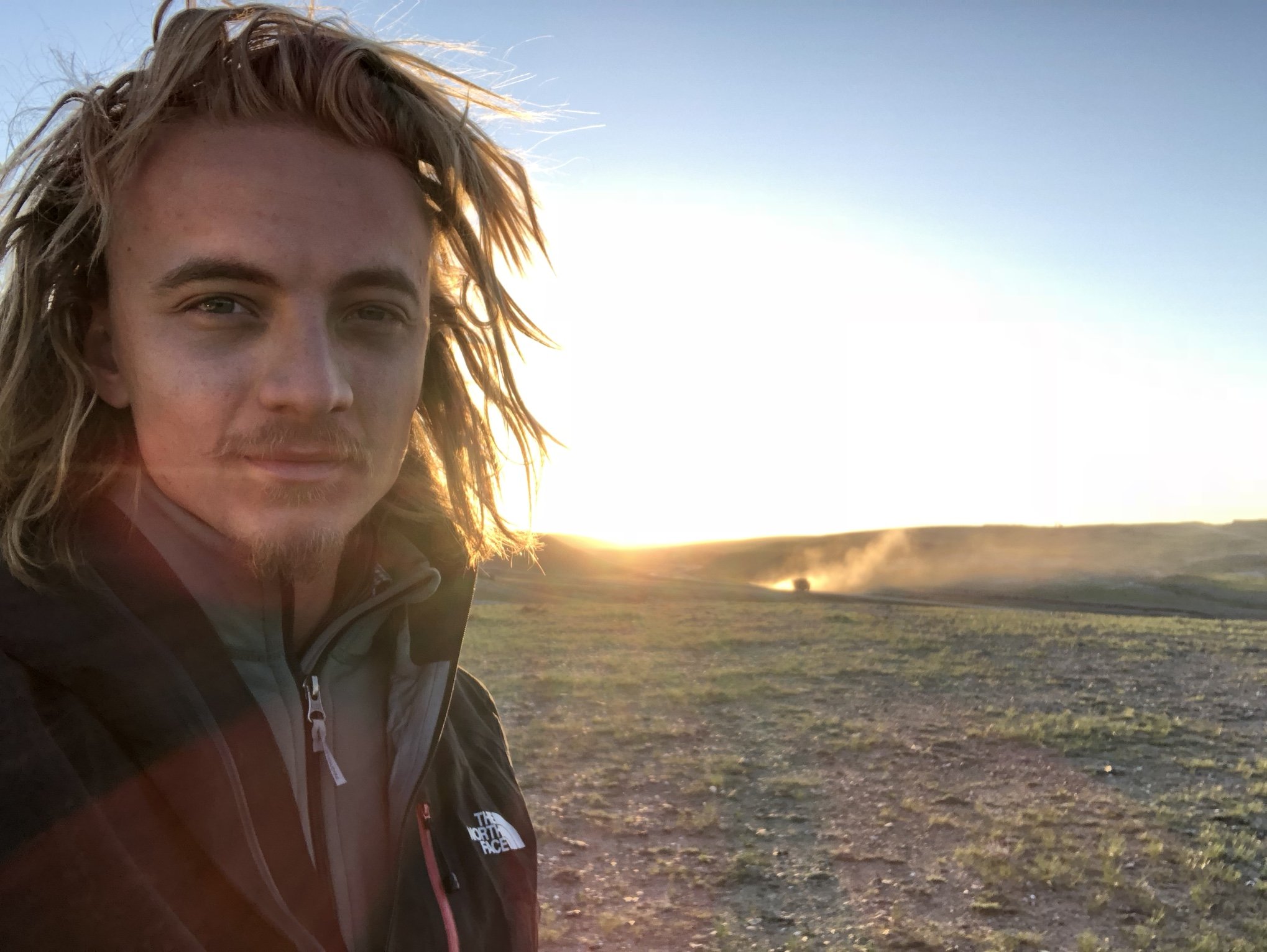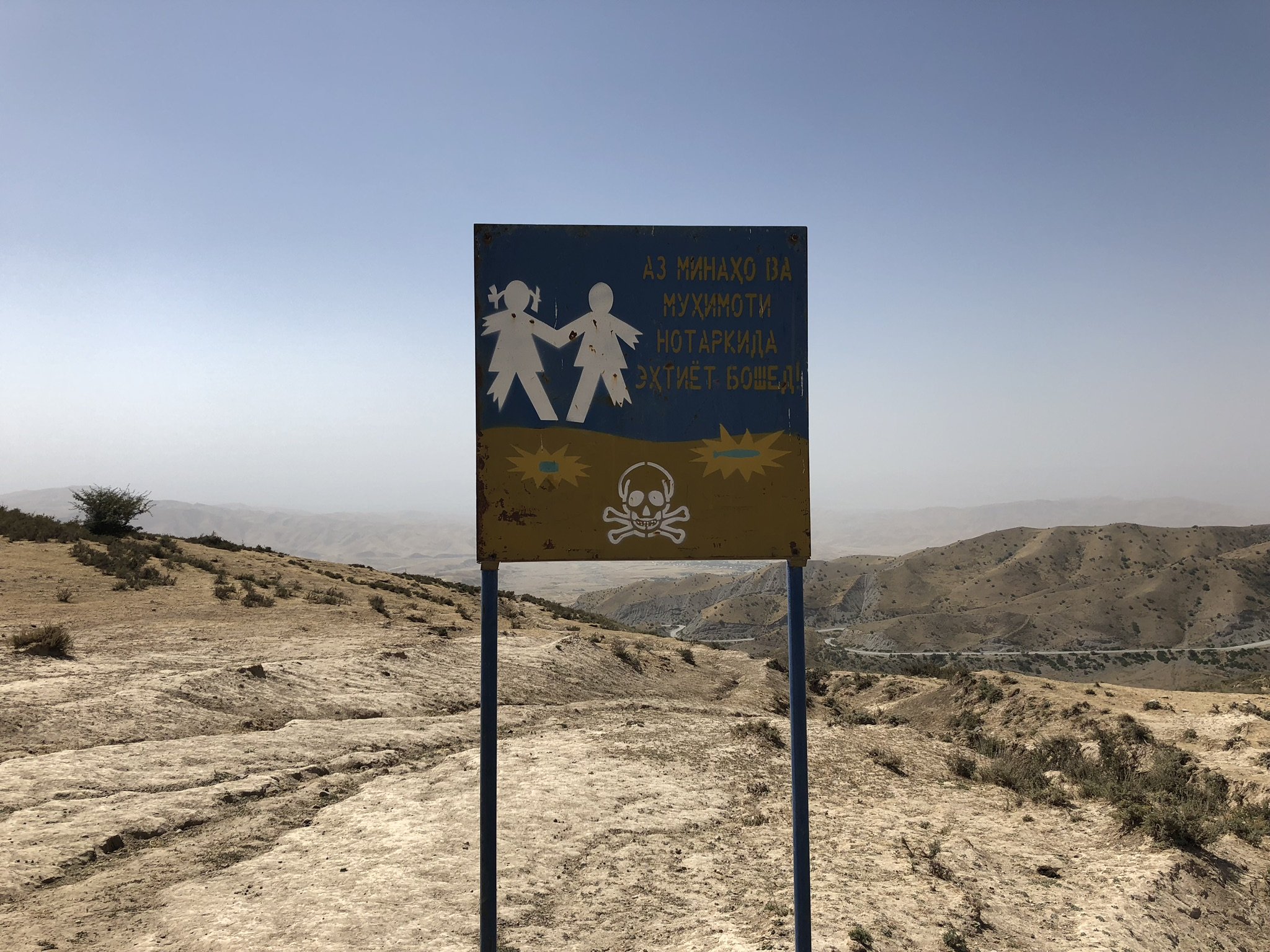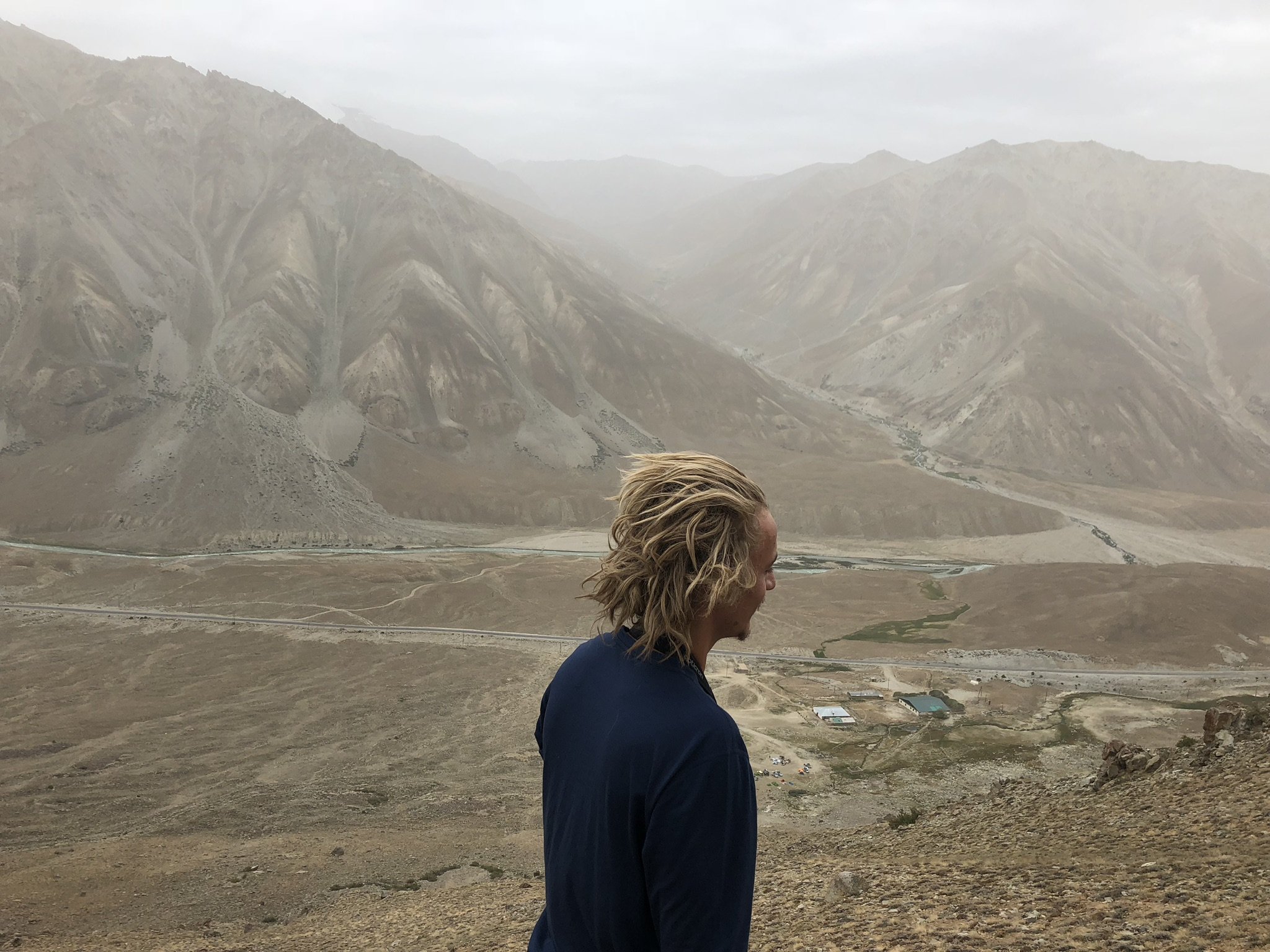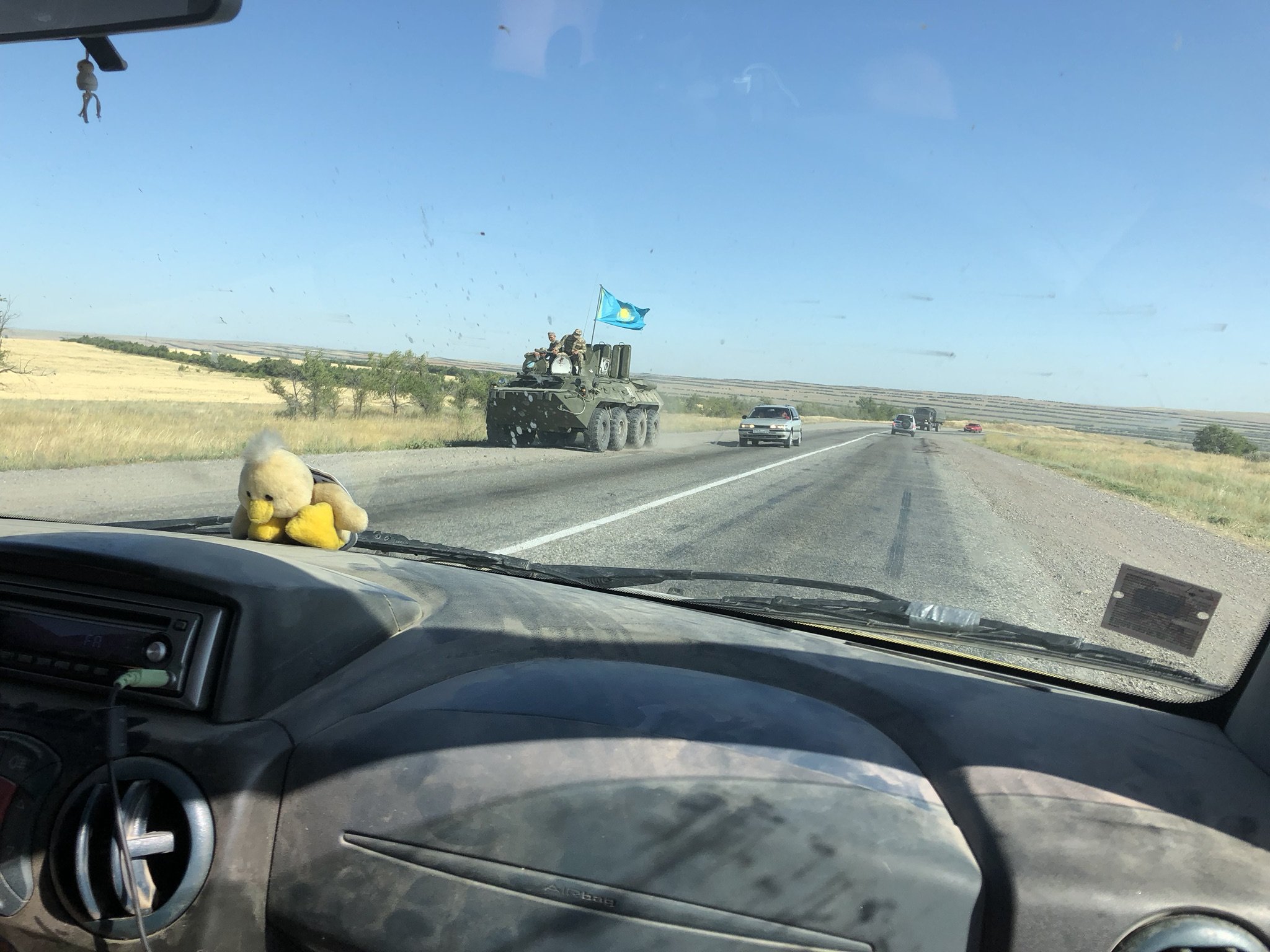
Driving from Amsterdam to Mongolia in a €900 van.
21.000km to cross 21 Countries, 5 mountain ranges and 3 deserts in 2 months.Renaults lead designer Laurens van den Acker has moved a lot during his career. In a magazine interview for 100% design Tokyo he said:
“I come from the southern part of The Netherlands. When I moved to the north of Holland, I discovered that I really came from the south. When I moved to Italy, I found out that I was Dutch. Then, through Germany I arrived in America and found out that I was European. And now I moved from a western culture to an eastern culture and I am finding out that I am really western. You find out a lot about your culture when you are moving away from your comfort zone.”
After my world trip to Mongolia, I know that Laurens couldn’t have described this more accurately: travelling through the east has taught me more about the west than it did about the east.
I learned to focus on functionality. Actual functionality instead of perceived functionality. How did the difference between these two come into existence? Why have we become so spoilt? How come we have strayed so far from true value? Why is it that a crappy old van that in our eyes is not fit to drive your nan to the florist on the corner and back, turns out to be able to drive you half way across the world? Why do we have 4x4s patrolling the city streets when an underpowered rattling front wheel driven van can take me and my mates through the hottest desert of central Asia, over the highest pass of the silk route, through the endless Kazakhstani plains or over the Mongolian steppe. One day I drove the van 350km completely off-road along the edge of the Gobi desert before we found a road again.
But the main learning point from this world trip is how incredibly vast the world is. How unbelievably hard it is to truly understand other cultures. Even after this amazing trip, I still know close to nothing about the cultures I visited. But I do know they exist. And I’ve seen what it’s like to see the west from the east.
In the end, I still know nothing. But I got a little closer to being aware of the vastness and complexity of our world and it’s cultures.
Mother and child in the shade of a disused gas station in the north-east of Iran.
The immensely powerful beauty of Tajikistan’s ‘Heroin Highway’.
Somewhere high in the Pamir Mountains, along the border-river between Tajikistan and Afghanistan. Tensions in the area are high since two days before our arrival there has been an incident where a couple of cyclists had been hit by a car and then stabbed to death. In the night Tajik soldiers suddenly surround the camp to question us at gunpoint. The following morning they are still keeping an eye on our encampment. Despite these circumstances, I feel safe and calm. The soldiers seem friendly and are probably just doing their routine. One week later we hear the news of a Taliban attack in this exact location, resulting in tensions rising further and the entire border region turning into a warzone. I was wrong.
The Panj River carves out most of the border between Afghanistan and Tajikistan. It carries glacier water from the Himalayas to one of Central Asia’s main rivers: the Amu Darya to eventually flow into what was once the Aral Sea. The Panj is narrow, deep and flows rapidly. Its banks are dangerous and look inhospitable, treacherous, barren and hostile. The banks of the Panj River are also home to the two children that I met there. They seemed shy yet curious. When trying to ask them what the milky, yoghurty substance was in the bowl they held up to me, I started making different animal noises. This removed any shyness as they burst out laughing. A warm feeling in this rough environment. Although I still wonder what it is that I drank, I felt that maybe I was not wrong to camp here after all.
The dictator’s city versus the people's country. Turkmenistan’s capital Ashgabat: a vulgar façade of marble, gold and strangely blue tinted glass. Taking pictures of the president’s prized city is illegal but I figured that showing off would be a lot easier if people actually got to see it. So I helped. The woman in front of her house in Ashgabat told me that her house was soon going to be ‘improved’ which meant that she too would move out of the already deserted city. Turning down dinner appeared to be no option.
Guard grabbing my hand after asking for a photo. An unexpected side-effect to the ridiculous ‘non-existence’ policy on homosexuality in Iran: Men are very affectionate in showing friendship in public.
Traversing the Karakum desert in Turkmenistan. It is the hottest desert of Central Asia with temperatures rising above 50 °C. Over 75% of the dictatorship is covered by this desert.
Young boy using a plastic bag as a kite, welcoming us to his village high in the range of mountains joining Kyrgyzstan, Tajikistan and China, showing the ‘afterlife’ of a product.
A deceivingly friendly encounter with the religious police of Iran. They seem enthousiastic about our journey and wish us the best of luck while some of their underwear is on show.
This old truck model dominated the roads all the way from Azerbaijan to Uzbekistan.
A man and his horse looking out over the Caspian Sea.
Outside of the west, cars carry more than our average of 1.2 persons.
Gobi desert




























